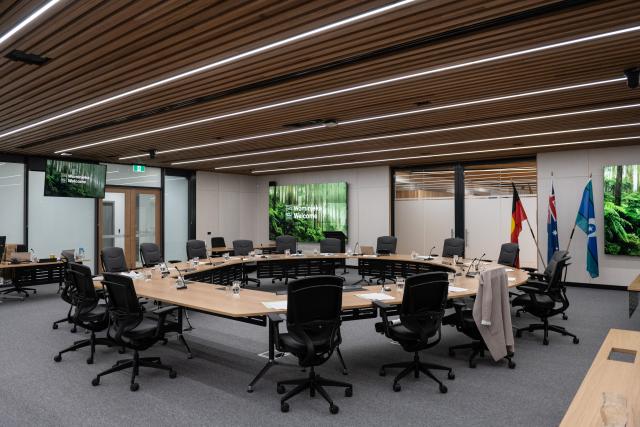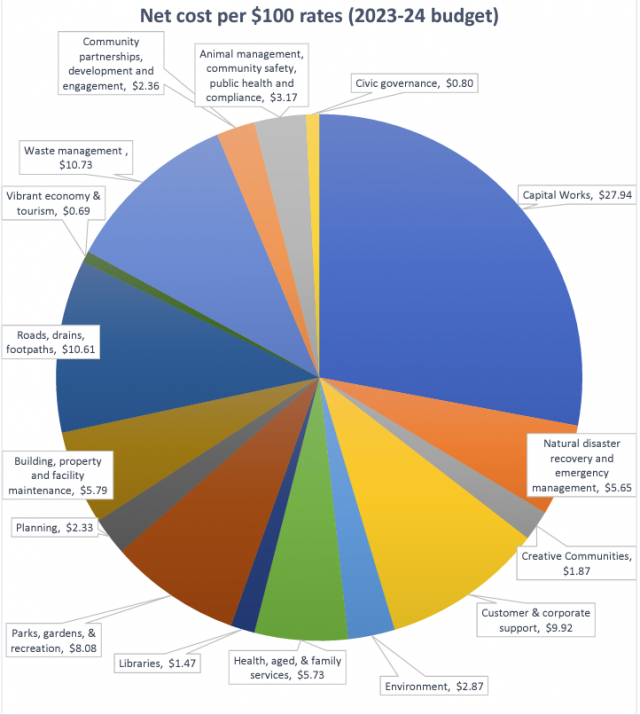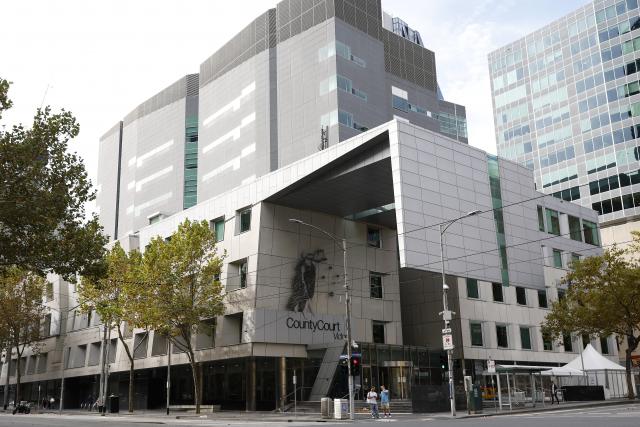After a lengthy 40-minute discussion, Yarra Ranges Councillors have ultimately passed the 2023-24 to 2026-27 budget.
Initial community consultation was held from Monday 30 January to Sunday 12 March, with the draft budget released and opened for consultation at an additional Council meeting on Tuesday 6 June.
Yarra Ranges Council Mayor Jim Child said the budget specifies the resources required to fund Council services and initiatives for the next twelve months and the subsequent three financial years.
“Including capital works projects, day to day services and projects by the end of July 2024, the community has told council that continuing services and providing good local infrastructure were a must for this year’s budget,” he said.
“We heard in person and online that people wanted to see stronger focus on infrastructure such as roads, footpaths and drainage, they wanted Council to look at existing assets while building new ones, and to prioritise the protection of our environment,”
“I’m happy to say that this feedback has directly shaped the budget.”
Following the State Governemnt’s decision to set the final rate cap for 2023.24 at 3.5 per cent, Council factored in a 3.5 per cent rate increase in their total rates revenue into the budget. This does necessarily reflect the changes in rates for each individual property in the Yarra Ranges.
Streeton Ward Councillor Andrew Fullagar seconded the motion and said over the last few weeks there’s been a lot of final tweaking and polishing in the budget before the end of the financial year.
“It’s been developed in a tough financial environment with inflation running around 7 per cent last year and some of our costs and services elevating quite dramatically by 20 per cent or more over the last year or so,” he said.
“Our grant programmes have either been cut all together or dramatically reduced, we’re very conscious of the pressures on our families and residents out there as well, the rate cap decision that we made, was not taken lightly, but taken through the lens of what is best for our total municipality and our communities.”
Some of the key funding areas of the budget included:
$23.4 million will go towards delivering Infrastructure Maintenance, Strategy and Investment up 33 per cent from last year’s budget with an eye to addressing concerns with roads, drainage and footpaths.
$17.9 million, up 4 per cent, forParks and Open Space
$5.4 million, up 10 per cent, for Recreation and Sport
$2.6 million, up 32 per cent, for Climate and Nature
$4.1 million for Youth Development, Maternal and Child Health, Age Friendly Communities and Family and Community Support Services.
Billanook Ward Councillor Tim Heenan spoke against the motion and said the rates increase was why he wasn’t supporting the budget.
“Money is not coming to Local government, I do see there’s been a substantial allocation towards significant capital works, and I appreciate and I acknowledge that,” he said.
“But in keeping with my commitment to my community, dear Billanook, upon re-election again in 2020, because of the rates increase, I will not be supporting the budget.”
Over the coming financial year, the council is expecting a surplus of $20.1 million, estimating it will have a total revenue of $245.6 million and a total expenditure of $225.6 million.
Walling Ward Councillor Len Cox OAM said in the main it is a very good budget, but it has a couple of weaknesses.
“It’s covered most of the issues that council wanted to cover and I think most of the issues that our residents wanted to cover,” he said.
“The three and a half percent rate rise will inflict hardship on a number of our people and I actually do believe that we can have a very, very good budget without that rate increase that we’re looking at,”
“I may have put one per cent increase on it, but three and a half is the largest increase we have had for some years and it’s just too much, the money that would be lost if that didn’t occur can easily be found.”
In May, amendments were made to Council’s Financial Hardship and Rate Recovery Policy to allow residents facing financial hardship the opportunity for longer deferment periods for paying rates (from 12 to 24 months) on Hardship Agreements and setting timing for payment plans (weekly, fortnightly or monthly).
Lyster Ward Councillor Johanna Skelton said she feels like like she gets a lot of value from the three and a half percent rate increase, more so from local government than other levels of government.
“The role I see for council is always dealing with the on the ground stuff. The ripples of those are financially felt throughout the community in ways that sometimes are hard to quantify, but make a real difference,” she said.
“It isn’t a small amount personally in each family, but it’s meaningful what we can do with this money. So far I’m hearing good feedback from our hardship policy and people are taking advantage, as they should, of that.”
Residents can find out more about the budget at: www.shaping.yarraranges.vic.gov.au/council-budget-2023-24.








